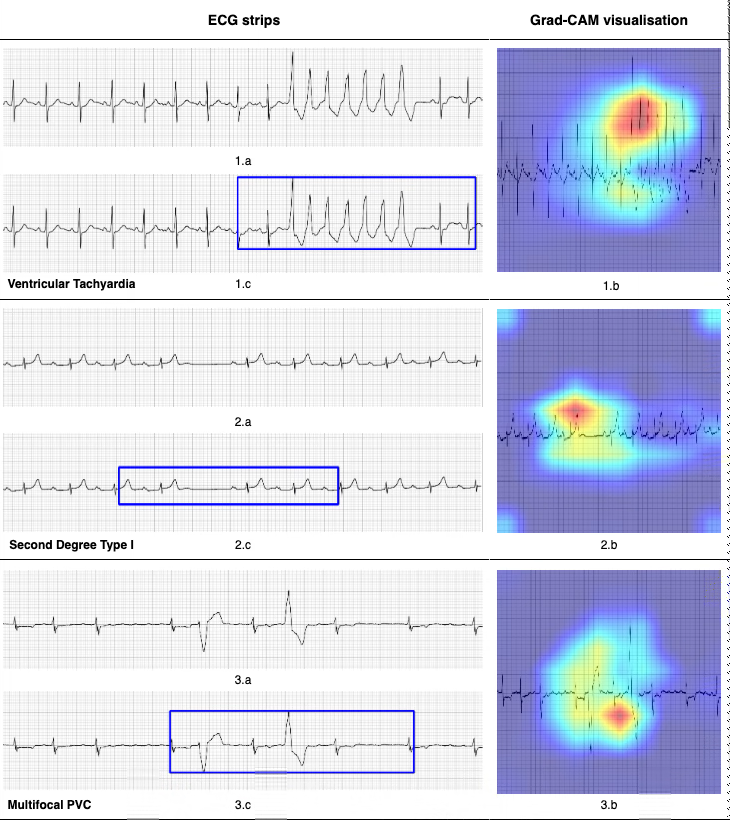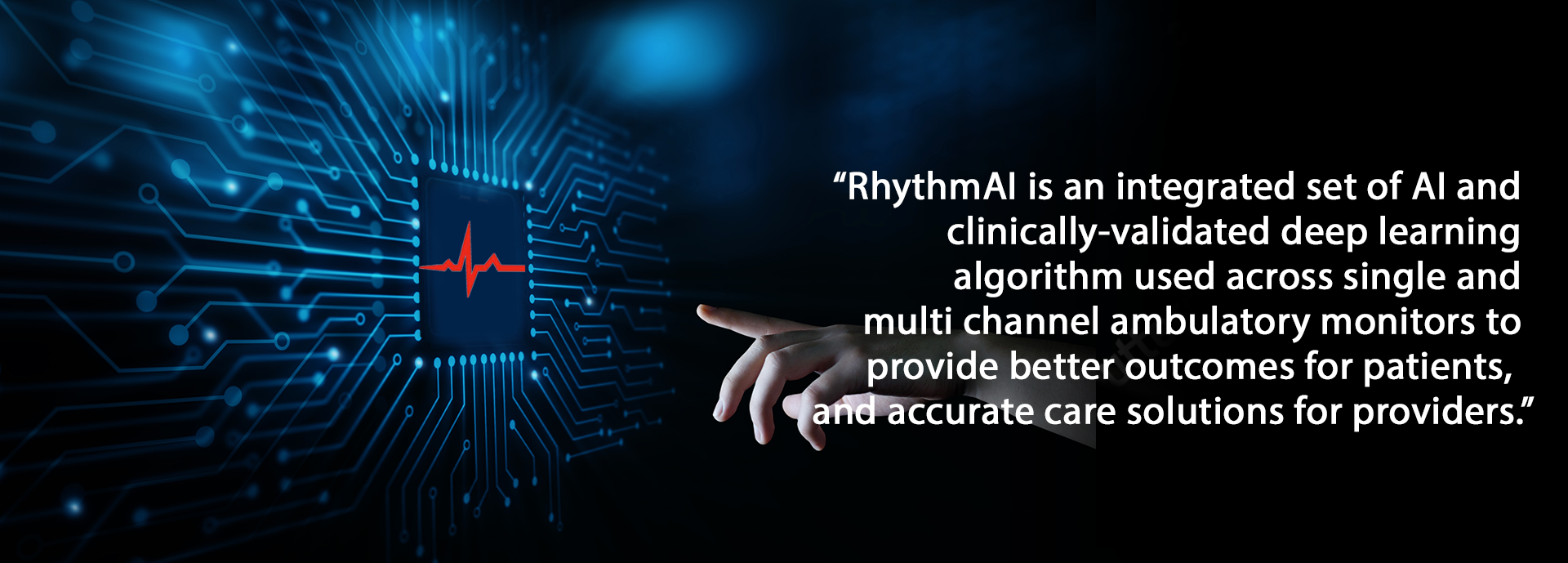The overall model accuracy was 92% with a precision of about 91% for all classes except PSVT, junctional rhythm and advanced heart block, which showed an overall precision of 74.6%. The model classified 96% of all the tachycardias files, 90% of various types of AV blocks and 88% of the 152 artifact samples. Critical arrhythmias like atrial fibrillation, atrial flutter, ventricular tachycardia and PSVT have a recall of 0.81. 0.89. 0.95 and 0.85. More than 5 different devices were used to collect the test data and the performance model was satisfactory considering the signal quality and artifacts involved during the acquisition. The pre-processing steps, backed by source independent behaviour of the model, considerably improved the scalability in the practical scenario.
Be it direct digital data feed or paper records, DeeprrhythmiaTM makes it incredibly fast and easy to get results with high accuracy ensuring the right diagnosis at the right time
We automated arrhythmia detection with an aim to achieve accuracy greater than an average cardiologist by implementing an end-to-end solution with a robust pipeline to streamline the data from a multitude of sources to feed a deep learning model. The proposed image classification model detects 21 different arrhythmias and conduction abnormalities across a diversified set of medical devices well established in the industry today such as wearables (wristbands and smartwatches) and other continuous monitoring devices (holters and ECG patches). Signal to noise ratio of wearables that collect limb lead or similar signals from wrists or fingertips were also included in the model. Although deep learning is increasingly being adopted and used in the healthcare industry a lack of annotated data and validation strategies have limited the ability for conclusive interpretation of ECG detection models. Therefore, apart from external validation, a Gradient-weighted Class Activation Mapping was also used to generate visual explanations for model predictions so that the model no longer remains as a blackbox




